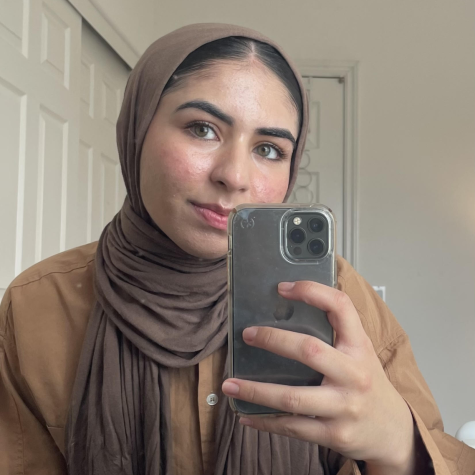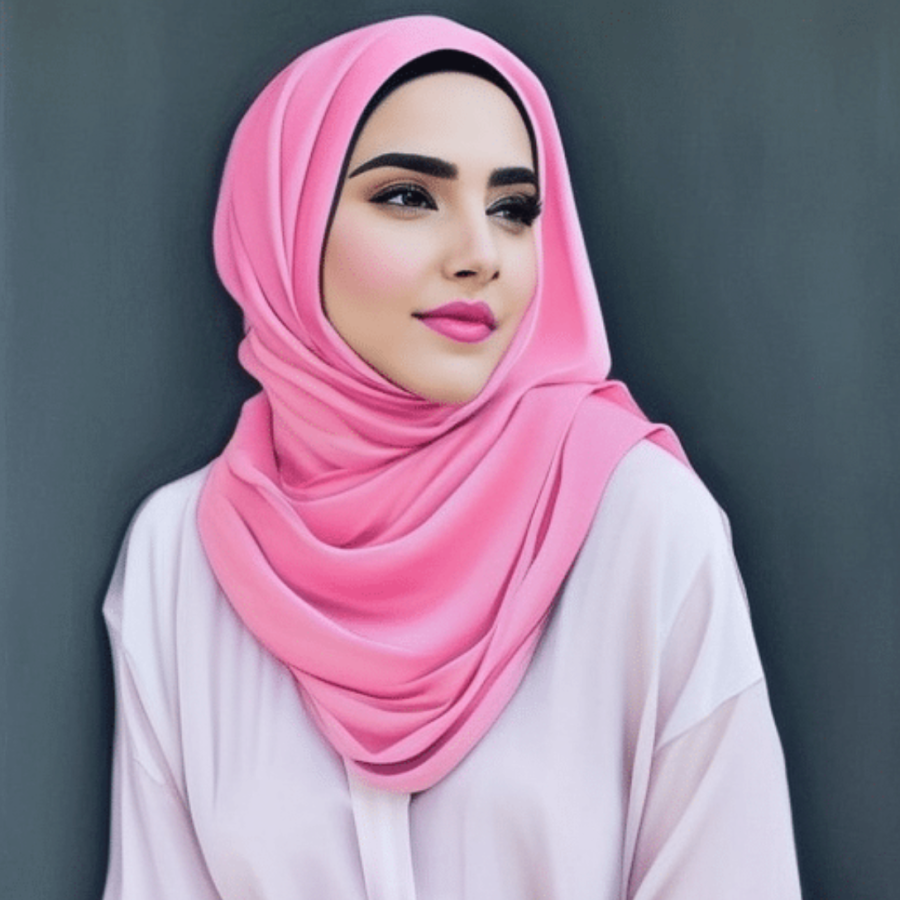Opinion: A View from One Hijabi
Hijabis value our bodies and choose who sees what parts – a freedom in itself. Graphic created by Nyla Choudry ’23.
Protests against Iran’s hijab mandates have sparked disparate responses around the world. While the Iranian government continues to stand by repressive laws mandating the hijab for women, the US media takes another extreme: exploiting Iran’s misuse of Islamic teachings to subliminally undermine the hijab and its philosophy. The American media generalizes hijab as an unjust practice, promoting negative stereotypes linking Islam to oppression.
Hijabis value our bodies and choose who sees what parts – a freedom in itself. We actively practice the value of modesty, a personal choice. I decided to start wearing the hijab when I was in middle school inspired by how Muslim women around me proudly expressed their Islamic values.
The Holy Quran states [2:256/257]: “There should be no compulsion in religion.” indicating that No one should dictate the way anyone else practices their religion. The same goes for hijab: it shouldn’t be forced in a government nor in one’s home. Islamic teachings contradict with governments like Iran’s. The importance of transparency cannot be overstated: the Iranian government is ignoring the reality of Islamic teachings, thus conditioning Iranian girls to think of hijab as an obligation rather than a choice, while American media is not addressing the heart of the issue.
Both extremes should be rectified by hearing others’ viewpoints rather than villainizing them. Failing to do so impedes social justice progress and spreads false generalizations. We need a middle ground that addresses realities through diverse representation and ethical journalism.

Nyla Choudry is a transferred senior at Mayfield Senior School. Having moved recently from Maryland, she looks forward to using her editorial background...


